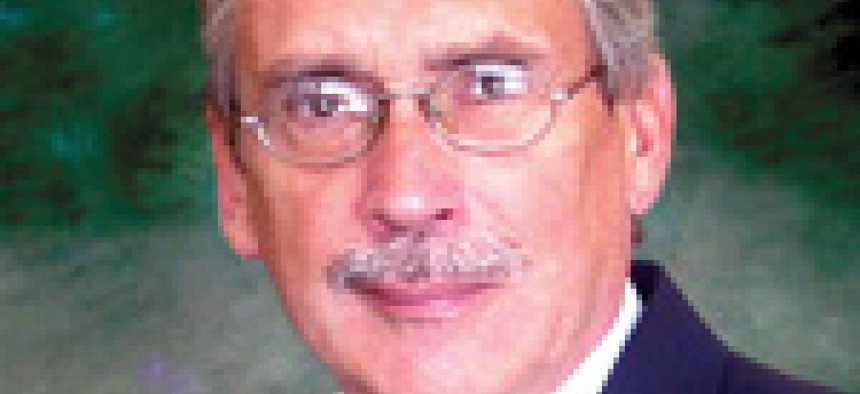Quick! Grab the org charts!

The president's call for a sweeping reorganization of the government creates a rare opportunity for real progress.
In his State of the Union address, President Barack Obama said winning the future will take doing what we can do now to prepare the United States to compete in the global economy for decades. That entails education, innovation, competition, fiscal responsibility, deficit reduction, and reforms in our government to make it more effective, efficient and open to the people. As Obama put it, “We cannot win the future with a government of the past.”
The president’s statement and his call “to merge, consolidate and reorganize the federal government in a way that will…meet the challenges of the 21st century” seemed to catch some in the White House by surprise. The day after the speech, former Press Secretary Robert Gibbs wasn’t able to come up with any details or say who would lead the effort. However, by the following Sunday, the White House had rallied, and Deputy Director for Management/Chief Performance Officer Jeffrey Zients was named to lead the reorganization effort. Lisa Brown, assistant to the president and staff secretary, will work with Zients.
The Wall Street Journal reported that the White House is considering combining a set of agencies involved in trade and exports. It noted a report by the Center for American Progress, a Democratic think tank, that suggested creating a Department of Business, Trade and Technology that would include much of the Commerce Department. Folded in would be the Office of the U.S. Trade Representative, the Small Business Administration and the Export-Import Bank.
But if the effort merely involves moving boxes, redrawing lines, or consolidating overlapping or duplicative programs, then Paul Light of New York University would have hit the nail on the head when he said, "We will have missed a once-in-a-generation opportunity for comprehensive reform.”
The federal government is undergoing tremendous changes on many levels, driven by a number of forces.
- The complexities of government operations and the problems the nation faces have evolved faster than government’s ability to solve them.
- The federal workforce is about to undergo a radical change. The workforce, especially its top leadership, is rapidly graying, and many employees are eligible for retirement.
- More than 500,000 new workers will enter the federal workforce in the next five years, bringing with them new perspectives and expectations as digital natives.
- Innovative technologies will allow this future workforce to communicate, interact and collaborate effectively via virtual networks.
- Heavily in debt and increasingly broke, the government is searching for a new model. That might mean doing less with less, reducing the role of government, vesting communities and individuals with fresh powers, and peddling a new era of volunteerism.
Any one of those factors would be a major driver for government. But their convergence creates a unique opportunity for our nation.
No new model has yet emerged for that “Fortune One” company, the federal government. This much, though, is clear: It will need to be flexible, agile, able to quickly adjust and ruthless in reallocating resources. Power and decision-making will need to be pushed down the organization as much as possible rather than concentrated at the top.
Traditional bureaucratic structures will need to be replaced by ad hoc teams of peers who come together to tackle projects and then disband. Information gathering will be broader and more inclusive. New mechanisms will be necessary to harness the wisdom of crowds. Feedback loops will need to be built that allow services to constantly evolve in response to new information.
Change, innovation and adaptability all have to become the norm. Such comprehensive reform thinking would more likely produce the 21st-century government that Obama called for in his address to the nation. Although the state of the union might be strong, I don’t think we can say the same about our government.





